VR
Virtual Reality in Primary Education

Virtual Reality in Primary Education
Virtual reality in primary education provides a captivating experience that helps students recognize the meaning of complex subjects and concepts. It also motivates them to persist through challenges and enables teachers to reach students with different learning preferences.
However, VR headsets require significant technical expertise to set up and manage, especially for schools. It can be expensive, too.
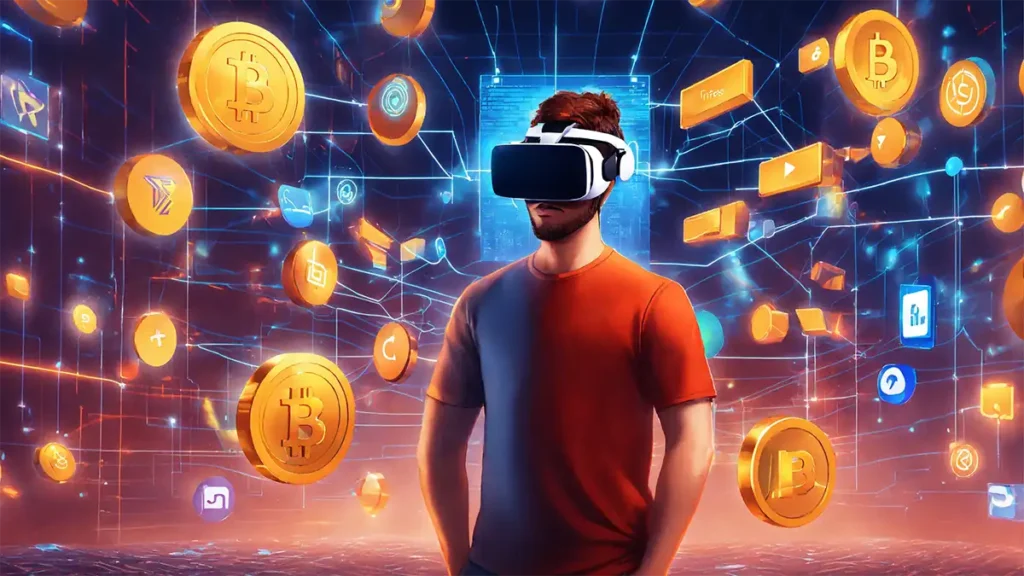
Immersive learning
As a tool for learning, Virtual reality in primary education appeals to our human desire to explore realms we cannot visit. Students can go on virtual field trips to places ranging from the Roman Colosseum in ancient Rome to outer space or even a microscopic passageway inside the human body.
These educational experiences tap into an insatiable curiosity residing in most young minds. In turn, it encourages students to learn more and better as they connect with key concepts on a deeper level.
The arousal effect VR generates is another critical component of learning, which helps improve retention and recall. Virtual reality is natural for arousing learners, but the experience must be designed with the objectives of the curriculum and educators in mind to deliver the right results.
Using VR in education, teachers can reduce social barriers between students and help them learn more effectively by allowing them to interact with each other as they immerse themselves in the digital world around them. This will enable students to work together more collaboratively and can be particularly effective for reducing social isolation among introverted students.
However, ensuring the environment is safe for all students before implementing VR in classrooms is essential. Many immersive experiences require movement, which can be difficult for pupils not accustomed to moving their heads around or striding blindly while wearing headsets. It is also essential to make sure the physical classroom is spacious enough for students to move around safely without tripping or colliding with each other. Lastly, it’s vital that a teacher is present to monitor their students.
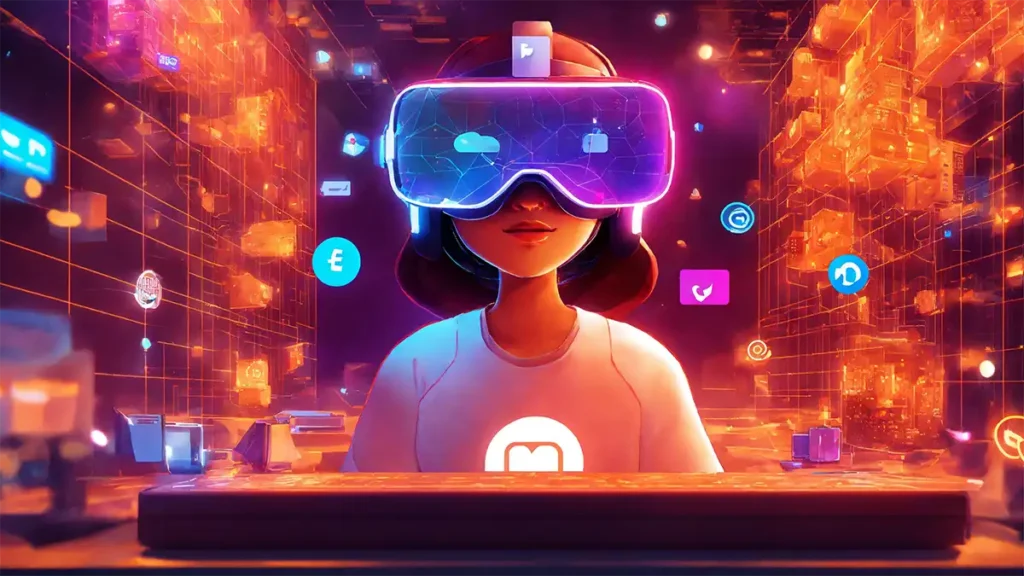
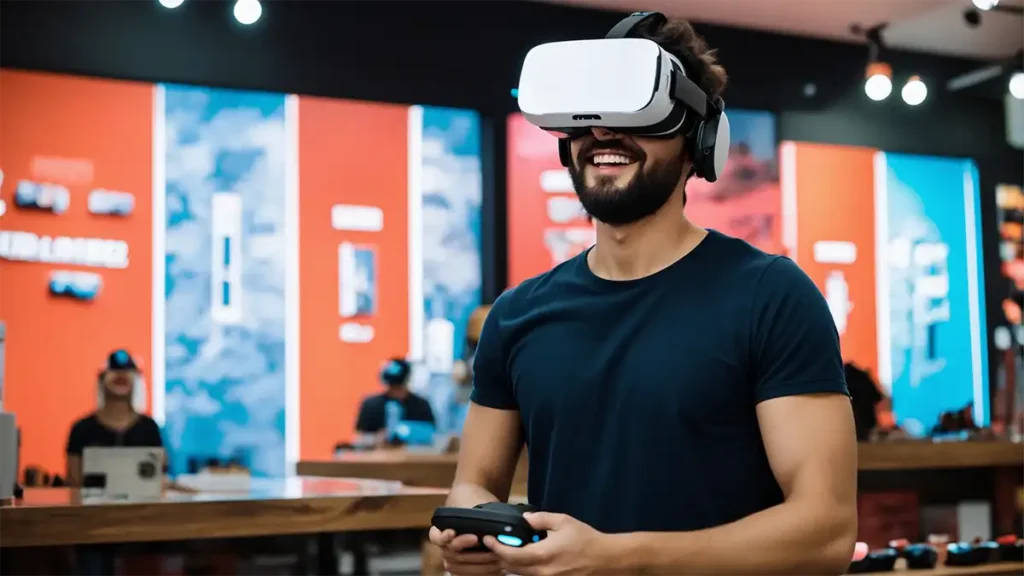
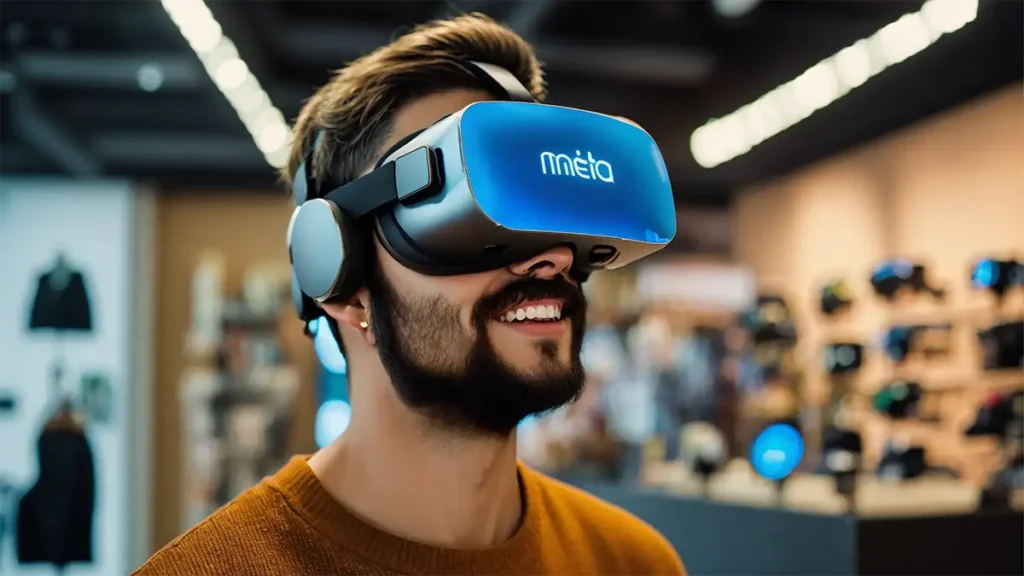

Virtual field trips
Virtual field trips allow students to experience various topics without teachers needing to plan, organize, and conduct traditional school trips. Educators can easily monitor them to ensure the safety of students, especially for younger children who cannot yet navigate the internet independently.
Virtual reality in primary education is particularly well-suited for subjects more visual or tactile than text. For example, students can use VR to visit the Great Library of Alexandria or the ceiling of the Sistine Chapel in a way that is impossible by simply reading about them in a textbook. They can also visit many different geographical locations worldwide and better understand what life is like in other climates and regions.
It is also easy to see how VR could benefit various STEM (science, technology, engineering, and math) lessons. Students can explore a marine biology habitat, for instance, or step inside the human body to learn about the skeletal system. They can even become virtual palaeontologists and dig up dinosaur bones from all over the world.
VR can also help prepare students for careers in the Fourth Industrial Revolution. For instance, they can view the inner workings of a nuclear power plant in VR or identify the parts of the heart in a virtual surgical simulation.
While there is no doubt that VR can be a handy tool for education, it’s important to remember that it can also be distracting and, if not used carefully, can lead to unproductive classroom behaviour. For this reason, teachers need to develop a structured plan to integrate VR into their lesson plans and guide their students toward successful learning.
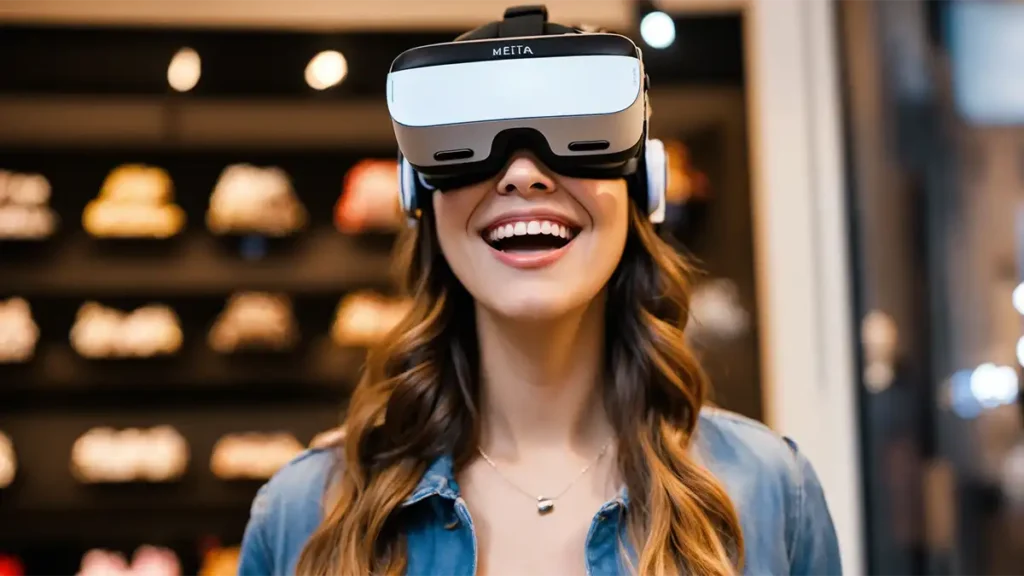
Collaboration
Whether through group projects, collaborative learning activities, or extracurricular programs, primary education teaches kids to work together, communicate, and share ideas. This socialization can help kids develop lifelong friendships and foster community and belonging. In addition, it can also prepare kids to handle adversity and hardship in their later lives.
VR is a great tool to support these skills inside and outside the classroom. VR can allow students to explore virtual environments and conduct experiments without the risks and limitations of the physical world. Students can take a field trip to a cultural landmark such as the Parthenon or learn how to use tools and materials in a safe virtual environment properly.
It can also help students collaborate in virtual spaces. For example, students can create virtual presentations using a shared headset. This allows everyone in the room to see what each other is working on, ensuring that no one misses essential details or forgets what they should do next. This type of collaboration benefits students with visual or physical impediments, as it eliminates the need to leave the classroom and can help them stay engaged.
The educational potential of VR is vast, but it requires a significant investment in hardware and software. Educators need high-performing PCs with balanced CPUs and GPUs to run and deliver immersive XR content. Moreover, they need a dedicated unified endpoint manager (UEM) for XR, such as ArborXR, to lock down the headsets and ensure that only approved apps are used.
Virtual reality in primary education has a bright future in primary education, but there’s still much work to do to expand access and improve the quality of educational experiences worldwide. To accomplish this, we need to focus on enhancing the quality of existing schools, including improving teacher training and development and developing robust data systems for monitoring student progress and performance.
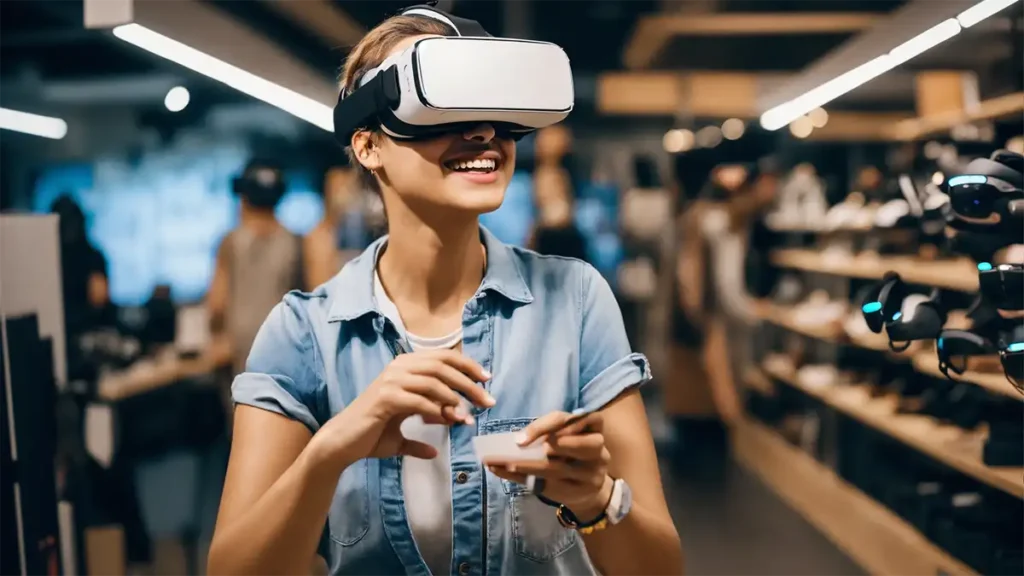
Interactivity
Virtual reality in primary education can pull kids in and generate interest in topics that might otherwise be boring or overly difficult. This makes it a perfect tool for STEM (science, technology, engineering, and math) subjects that often involve visual and tactile lessons, such as visiting the Parthenon in Greece or riding a rocket to the planets of our solar system. In addition, VR can help teach kids about abstract topics such as history or civics by providing them with a virtual opportunity to learn “firsthand” about a famous event or building.
Another key benefit of using VR in the classroom is that it allows students to interact with objects or locations they could not visit in real life, such as an ancient Roman ruin or the cellular-level passageways inside the human body. This allows students to understand how abstract concepts relate to the world around them, which is a critical step in cognitive development.
Students with physical or social challenges often find it challenging to navigate school environments. Still, VR can be an excellent way for them to experience new surroundings in a low-stress environment. For example, a VR simulation could allow them to tour their future high school or even role-play how they would interact with police officers if they ever get pulled over.
Using VR to help students achieve learning outcomes requires educators to create an engaging curriculum focused on their class’s learning goals. This includes carefully planning and executing the use of VR within each lesson plan, including its pedagogical goal and ensuring that all students have access to VR. This is particularly important for students with special needs, such as those on the Autism Spectrum or those with limited mobility who may be overwhelmed by an overstimulated school environment.
Engagement
While VR may seem like a novelty that is popular in gaming, it can effectively boost student engagement in primary education. Technology can pull kids into traditionally difficult subjects and even ignite a passion for topics they would never think of on their own.
VR offers immersive experiences in virtual environments, which allows students to see, hear, and move around their surroundings. It can also enable students to experiment with hazardous or otherwise inaccessible equipment in a safe and controlled way. This can be helpful for STEM lessons, as it will allow students to explore the bottom of a volcano or visit planets in the solar system without any physical risks.
It can also help create memorable learning experiences that engage children from start to finish, especially when the content is less abstract than traditional textbooks and lectures. For example, a virtual field trip to a historical monument can help students learn about the structure of buildings such as the Parthenon in Greece. VR can also teach geography by allowing students to visit different geographical regions or cities without travelling, an excellent option for children in remote areas.
As VR is still a relatively new tool for schools, educators must take caution and ensure they use the technology appropriately to ensure a meaningful learning experience. It is also essential for teachers to provide support and guidance to their students when using VR. Educators should also be aware that VR requires significant technical expertise, which can be costly. For this reason, it is a good idea for schools to consider alternative methods of accessing VR-based content if the budget does not allow them to invest in the equipment.

-

 Entertainment2 months ago
Entertainment2 months agoManga Life Review
-

 Entertainment2 months ago
Entertainment2 months agoSalmon Pink Color
-
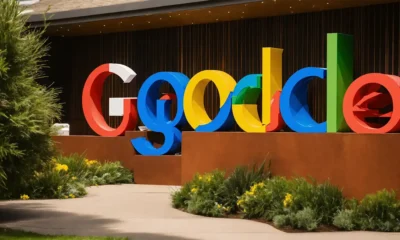
 Entertainment2 months ago
Entertainment2 months agoHow to Use Google Scholar to Search Scholarly Literature
-

 Entertainment2 months ago
Entertainment2 months agoMult34 – A Powerful Tool For Boosting Efficiency and Productivity
-

 Entertainment2 months ago
Entertainment2 months agoWhat is the F74 Trend on Tiktok?
-

 Entertainment2 months ago
Entertainment2 months agoWhat Are the Different Types of Quizzes and Leaderboards?
-

 Entertainment2 months ago
Entertainment2 months agoHeardle Game Review
-

 Entertainment2 months ago
Entertainment2 months agoBaddies West Where to Watch
-

 Fashion2 months ago
Fashion2 months agoAcubi Fashion – A Seamless Blend of Minimalist Y2K Trends and Subversive Basics
-

 Entertainment2 months ago
Entertainment2 months agoAlexan Memorial Apartments – Live Life to the Fullest
-

 Review2 months ago
Review2 months agoTypes of Medical Assistant Jobs
-

 Review2 months ago
Review2 months agoJet Bandsaw – What Are the Components of a Bandsaw?
-

 Review2 months ago
Review2 months ago1999 Mitsubishi 3000GT/Stealth VR-4
-

 Review1 month ago
Review1 month agoSurgical Tech Jobs
